The Ploughing Championships has a rich history dating back to the year 1931. It has evolved into an event that holds a true carnival atmosphere. Getting up at 5am and putting the middle drawer from the kitchen into the boot of the car, laden with sandwiches, flasks and Kimberly Mikados.
Trying to beat the traffic, which inevitably never works. It celebrates everything good about Irish agriculture and provides a platform for young and old to come together and learn more about Ireland’s largest indigenous industry.
Where did it all start?
The first record documenting a ploughing match in Ireland was in Camolin Park in Wexford in 1816. Neighbouring parishes enjoyed ploughing contests between each other from 1816 to 1930, with no particular prize other than pride. On the back of the war of independence and the civil war, Ireland was at one of its most vulnerable points. Amid the tension and economic instability, the first inter-county ploughing match took place.
In typical Irish fashion, the Ploughing Championships were born out of a row between two lifelong friends from rival counties.
Denis Allen from Gorey and JJ Bergin from Athy both insisted their home counties had the best ploughmen. The dispute was decided on 16 February 1931. The first national ploughing contest took place in WK Hosie’s field in Coursetown in Athy.
Nine counties participated, with a committee being formed by the participants. The aim was simple – “to bring the message of good ploughing to all areas of Ireland and to provide farmers with a pleasant, friendly and appropriate place to meet and do business”.
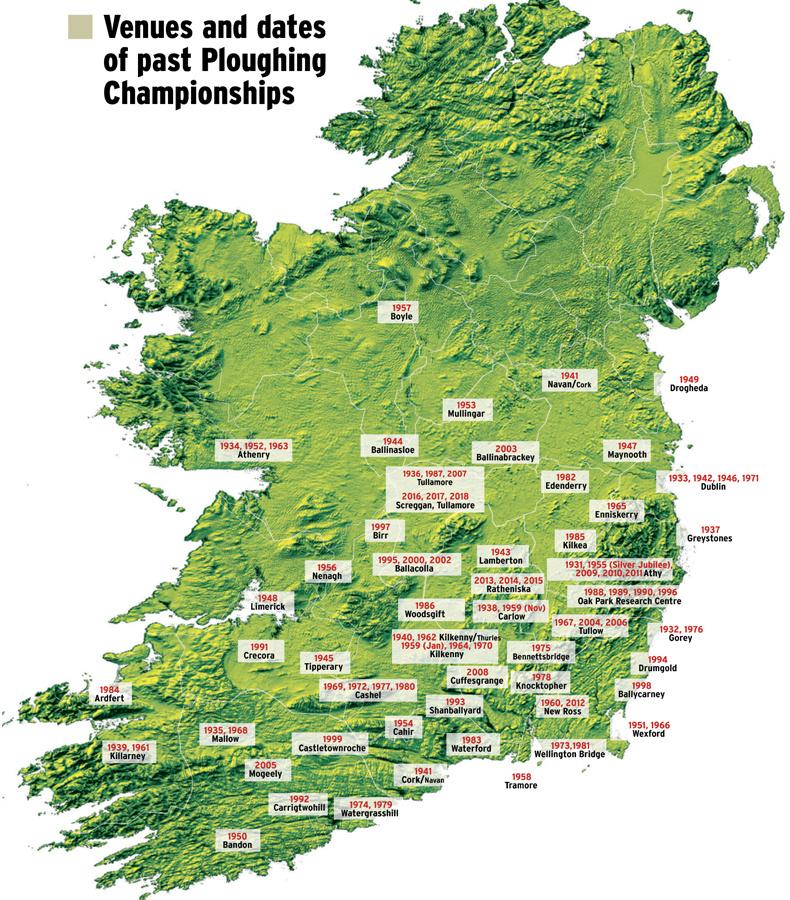
Following the first National Ploughing match, Denis Allen and JJ Bergin, along with the committee, set up rules covering standards and regulations at parish, county and national level. The National Ploughing Association (NPA) was born and was the first in the world to organise ploughing matches on a national level. Since then, it has grown in size from a 26ac event to a 700ac event.
The event gained traction rapidly in the first number of years, with 3,000 people attending in its second year. Appearances by public figures such as Éamon De Valera raised the profile of the event.
More competitors entered the competitions in the subsequent years, as county ploughing associations were established throughout the country.
The competition ran without fail through World War II, known as The Emergency in Ireland. A need for junior and senior grades was established by the end of the 1930s.
The Ploughing Championships was split into two events at different locations as a result of the disruption caused by World War II.
The late JJ Bergin remained the driving force behind the NPA. He oversaw the championships’ evolvement into a high-profile national event. He ensured that Ireland played a part in the World Ploughing Organisation (WPO) and was part of its establishment. He was named vice-president of the WPO and Ireland went on to host the second World Championships in 1954. As horses began to be replaced by tractors, post-war Ireland began to embrace horsepower rather than the actual horse.
The National Ploughing Championships moved into the 1950s stronger than ever and in 1955 Anna May McHugh was made secretary of the NPA. In the same year, the NPA became a limited company and the championships had been extended to a two-day event.
Three years later, JJ Bergin passed away in March of 1958, aged 77, leaving behind a lasting legacy. The ploughing championships started to become a family event in the 1980s, which signalled the need for some diversity. Cookery and craft demonstrations were established, along with Teagasc and the National Dairy Council broadening their programmes for the event. In 1988, the event was extended to three days as a result of the growing crowds.
The 1990s saw the Ploughing become a hive of activity for traders. It established itself as a firm opportunity for companies to brand their products and extend their customer out-reach.
The championships have diversified over the years to having more than just machinery and ploughing.
The Poughing championships has become the home of some 1,700 exhibitors, 300 competitors and up to 300,000 visitors over three days in September. It is now in its 87th year and attracts visitors from all over the world.




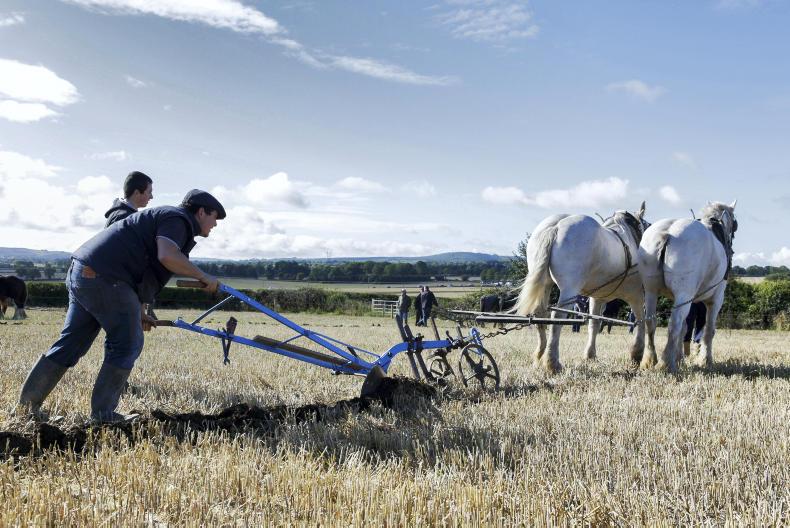
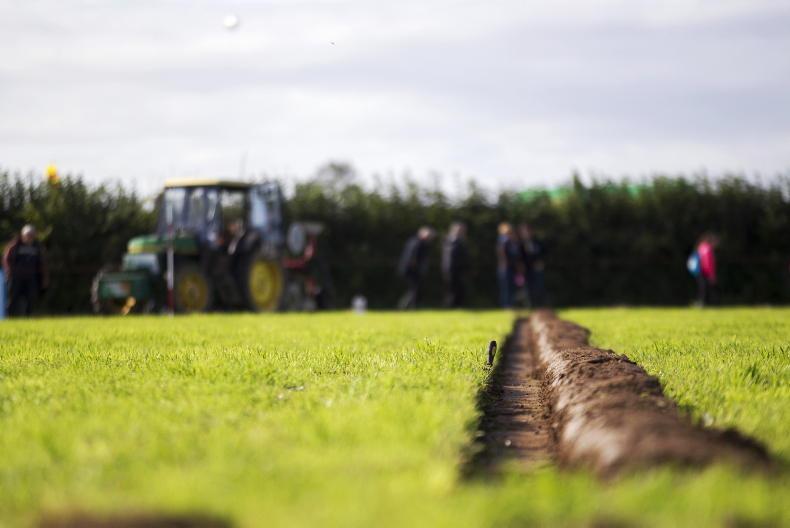
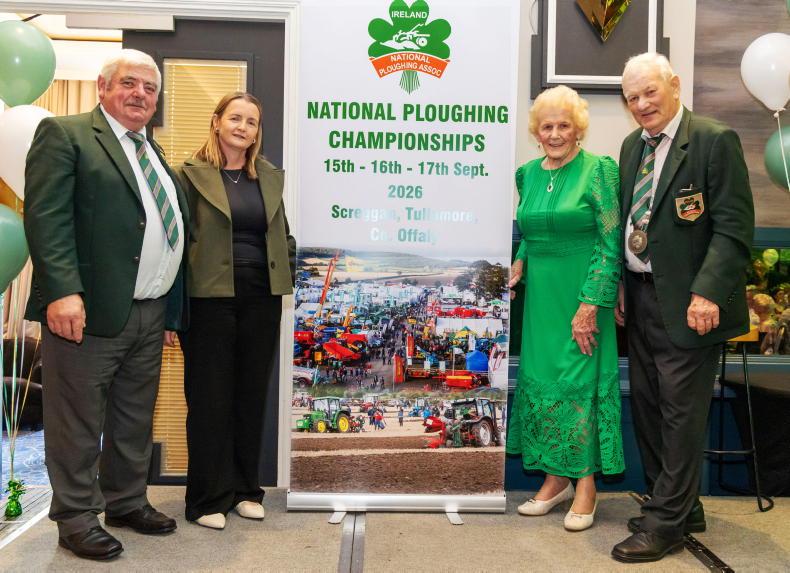
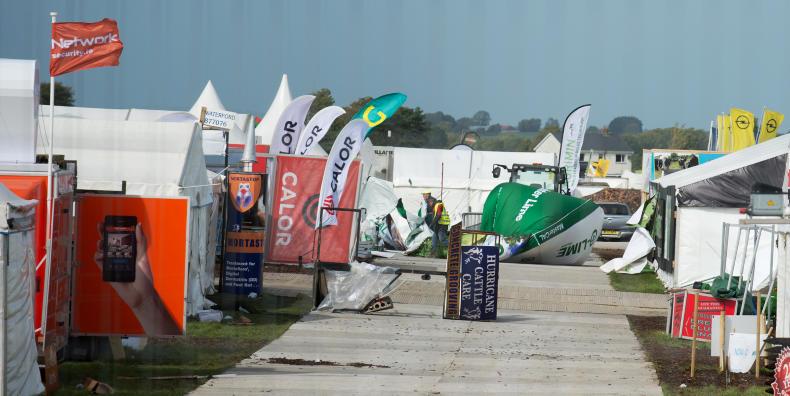
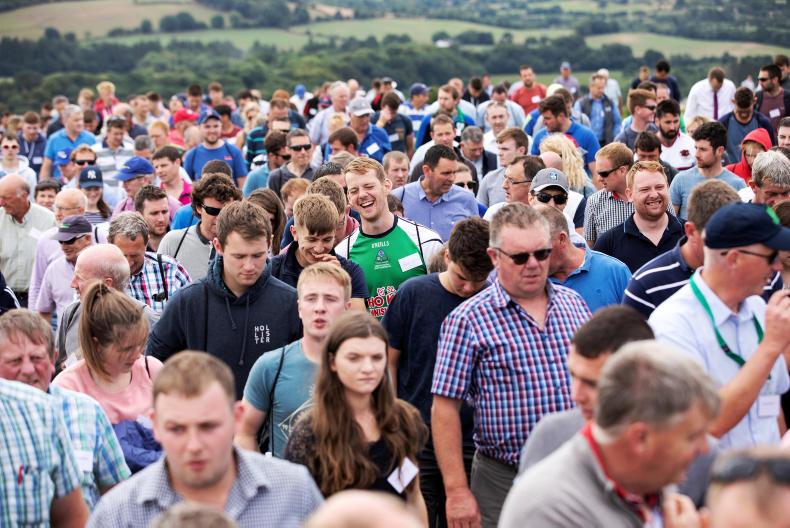
SHARING OPTIONS